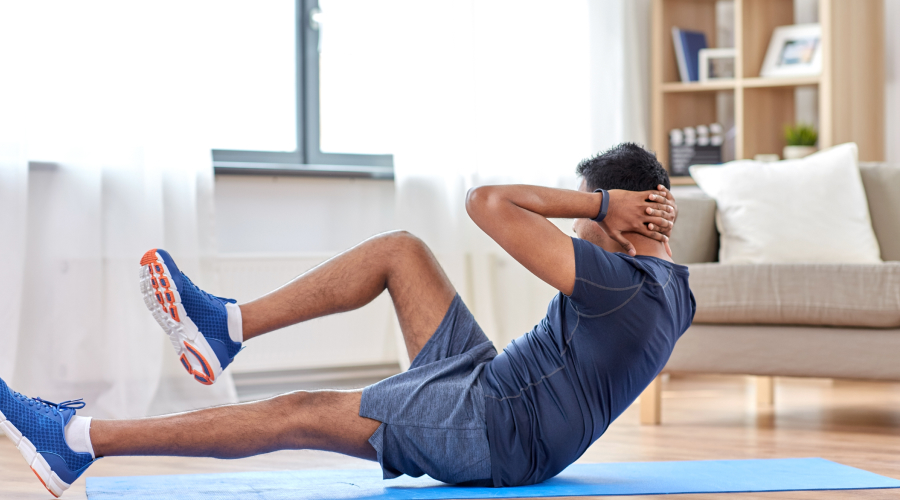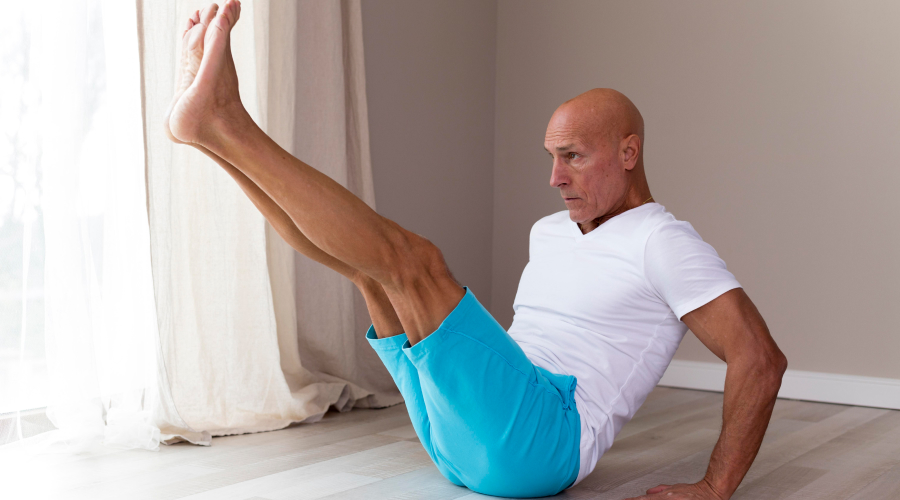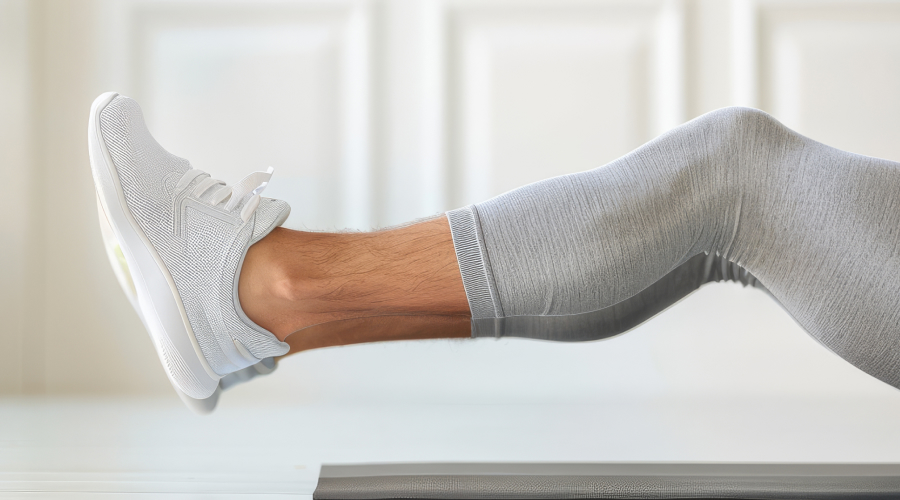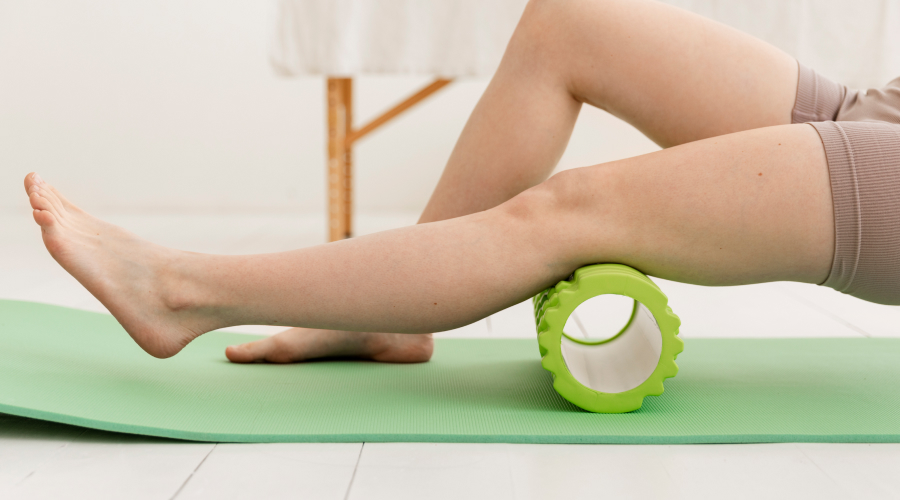Exercise for Varicose Veins

The Role of Exercise in Managing Varicose Veins: Evidence-Based Guidelines
Varicose veins, affecting over 30% of adults globally, result from weakened venous valves and chronic venous insufficiency (CVI). While medical interventions like sclerotherapy remain gold-standard treatments, exercise plays a vital role in symptom management and slowing disease progression. This article synthesizes insights from medical literature and clinical guidelines to outline safe, effective exercise strategies for individuals with varicose veins.
How Exercise Benefits Venous Health
Exercise improves venous circulation by activating the calf muscle pump, which propels pooled blood toward the heart. Key mechanisms include:
- Enhanced Venous Return: Calf muscle contractions during walking or cycling reduce venous pressure by up to 30% (Padberg et al., 2004).
- Reduced Inflammation: Regular exercise lowers inflammatory markers (e.g., IL-6) linked to vein wall damage (Cochrane Review, 2024).
- Weight Management: Maintaining a healthy BMI reduces strain on leg veins.
Do’s and Don’ts for Exercising with Varicose Veins

Do’s
- Low-Impact Cardio:
- Walking: Aim for 8,000+ steps daily to boost calf muscle activity (CDC, 2024).
- Swimming: Hydrostatic pressure reduces leg swelling by 40% (Yorkville Sports Medicine Clinic, 2025).
- Cycling: Promotes blood flow without joint impact.
- Calf-Strengthening Exercises:
- Calf Raises: Perform 3 sets of 15 reps daily. Slow, controlled raises improve venous ejection fraction by 12% (Phlebology, 2024).
- Ankle Pumps: Rotate ankles clockwise/counterclockwise for 2 minutes hourly.
- Leg Elevation Post-Workout:
- Elevate legs at a 15–20° angle for 15 minutes to reduce swelling.
- Compression Gear:
- Wear 20–30 mmHg compression stockings during workouts to support vein function (VeinReliever, 2025).
- Hydration:
- Maintain fluid intake to prevent blood viscosity and clotting.
Don’ts
- Avoid Heavy Weightlifting:
- Squats, deadlifts, or lunges increase intra-abdominal pressure, worsening venous reflux.
- High-Impact Sports:
- Running or jumping exacerbates vein dilation. Opt for elliptical machines instead.
Effective Stretches for Varicose Veins
Calf Raises
- How to Do It: Stand with your feet hip-width apart. Slowly rise onto your toes, lifting your heels off the ground. Hold for a moment, then lower back down.
- Repetitions: Aim for 15-20 repetitions.
- Benefits: Strengthens calf muscles and promotes venous return.
Foot Pumps
- How to Do It: Sit comfortably with your legs extended. Flex your ankles by pointing your toes toward your body, then point them away.
- Repetitions: Perform 10-15 repetitions.
- Benefits: Activates calf muscles and improves circulation.
Ankle Circles
- How to Do It: While seated, lift one foot off the ground and rotate it in a circular motion. Repeat in the opposite direction.
- Repetitions: Aim for 10-15 circles in each direction.
- Benefits: Enhances ankle mobility and circulation.
Leg Raises
- How to Do It: Lie on your back with your legs extended. Lift one leg at a time to a 45-degree angle, hold for a moment, then lower it back down.
- Repetitions: Perform 10-15 repetitions on each leg.
- Benefits: Strengthens leg muscles and promotes blood flow.

Viparita Karani (Legs-Up-the-Wall Pose)
- How to Do It: Lie on your back with your buttocks against a wall. Extend your legs up the wall at a right angle to the ground.
- Duration: Hold this position for 5-15 minutes.
- Benefits: Facilitates venous drainage from the legs and reduces swelling.
Forward Bend Stretch
- How to Do It: Stand with feet hip-width apart. Bend forward from the hips, reaching towards the ground while keeping knees slightly bent.
- Duration: Hold for 15-30 seconds.
- Benefits: Stretches hamstrings and calves while promoting relaxation.
Lying Hamstring Stretch
- How to Do It: Lie on your back with one leg extended on the floor and the other leg raised straight up. Use a strap or towel around the raised foot to gently pull it towards you.
- Duration: Hold for 15-30 seconds on each leg.
- Benefits: Stretches hamstrings and improves overall flexibility.
Recommendations for Incorporating Stretches
- Frequency: Aim to perform these stretches at least 3-4 times per week for optimal benefits.
- Duration: Spend about 15-20 minutes per session focusing on these stretches.
- Warm-Up: Consider warming up with light walking or gentle movements before stretching to prepare your muscles.

Conclusion
Incorporating targeted stretches and low-impact exercises into your daily routine can play a vital role in managing varicose veins by improving circulation, enhancing flexibility, and promoting muscle relaxation. Exercise serves as a cornerstone in both symptom relief and slowing the progression of venous disease. While current evidence is still evolving (Cochrane Review, 2024), combining stretching, calf-strengthening routines, low-impact cardio, and compression therapy has shown promising results in supporting vascular health. However, it’s essential to consult with a healthcare professional before beginning any new regimen—especially if you have existing vein conditions or other health concerns. For personalized guidance and advanced treatment options, consult Dr. Raju .
